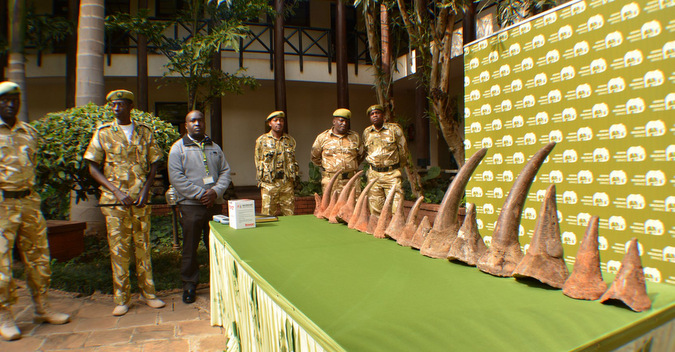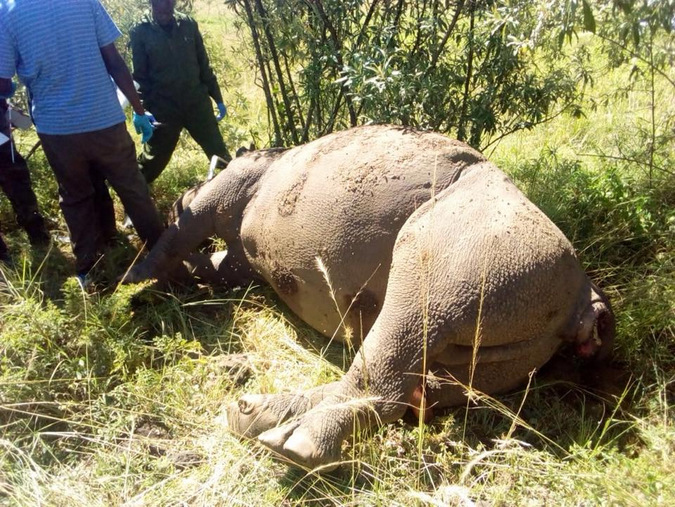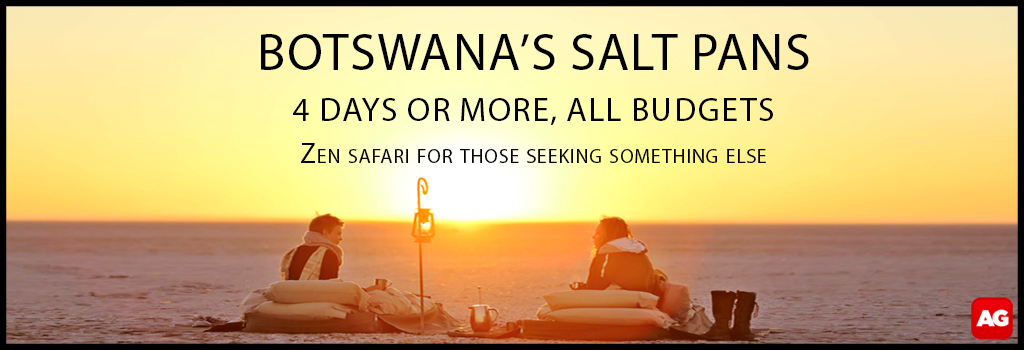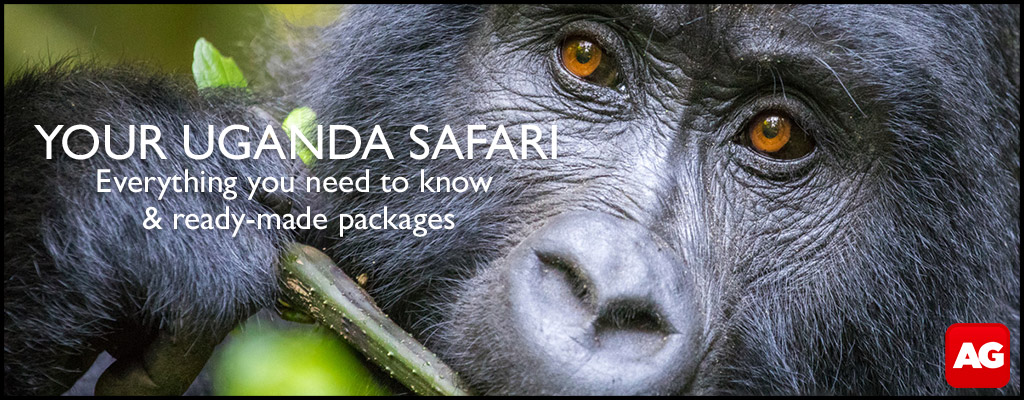
WWF-Kenya has admitted that grave mistakes were made in the translocation operation in Kenya which saw 10 out of 11 critically endangered black rhinos die. The rhinos were being translocated from Nairobi and Nakuru National Parks to the newly-created sanctuary in the southeast of the country to offer a more secure location for the endangered species.
In a statement on their website, WWF-Kenya said that it will review the inquiry report into the rhino deaths and assess its processes as a donor.
“All of us at WWF are deeply saddened by the tragic deaths of ten rhinos following translocation to Tsavo East National Park by Kenya Wildlife Service (KWS) … The results of the inquiry released today by the Government of Kenya into the deaths stated that there were areas of clear negligence by KWS,” the statement read. “We recognise that grave mistakes were made in the translocation operation and as a result, we will be urgently reviewing the inquiry report and undertaking an assessment of our processes as a donor.”
For the translocation, WWF-Kenya made a donation of two Land Cruisers, three motorbikes, night vision cameras, tents, GPRS equipment, binoculars and boots.

Preliminary investigations into the rhino deaths showed that salt poisoning from the water may have been the cause.
“According to the inquiry team, the cause of all the deaths was due to multiple stress syndrome intensified by salt poisoning and complicated by the following conditions: dehydration, starvation, the proliferation of opportunistic bacteria in the upper respiratory tract, gastric ulcers and gastritis,” said Kenya’s Wildlife and Tourism Cabinet Secretary Najib Balala at a press briefing last week Thursday.
The eleventh rhino was in critical condition after being attacked by lions, but a recent photo posted on Kenya Wildlife Service’s Facebook page claims that it is doing well.

Balala said that six of the KWS officials involved in the deadly operation had been suspended due to negligence. He has since announced a new KWS Board of Trustees in a gazette dated July 31.
Rhino death in Lake Nakuru National Park
In a separate incident, Kenya Wildlife Service (KWS) confirmed on Tuesday that a 12-year-old black rhino was killed on Monday by suspected poachers who escaped with two horns in Lake Nakuru National Park. A statement from KWS said that their rangers were still pursuing the suspected poachers, reinforced by the County security team, including the police.
“… Two rangers who were on duty have been interdicted pending investigations by the Directorate of Criminal Investigations (DCI) into their culpability. A post-mortem examination has been conducted on the 12-year-old male rhino to determine to exact cause of the death,” the statement concluded.

To comment on this story: Login (or sign up) to our app here - it's a troll-free safe place 🙂.![]()
HOW TO GET THE MOST OUT OF AFRICA GEOGRAPHIC:
- Travel with us. Travel in Africa is about knowing when and where to go, and with whom. A few weeks too early / late and a few kilometres off course and you could miss the greatest show on Earth. And wouldn’t that be a pity? Browse our ready-made packages or answer a few questions to start planning your dream safari.
- Subscribe to our FREE newsletter / download our FREE app to enjoy the following benefits.
- Plan your safaris in remote parks protected by African Parks via our sister company https://ukuri.travel/ - safari camps for responsible travellers






